Premium Only Content
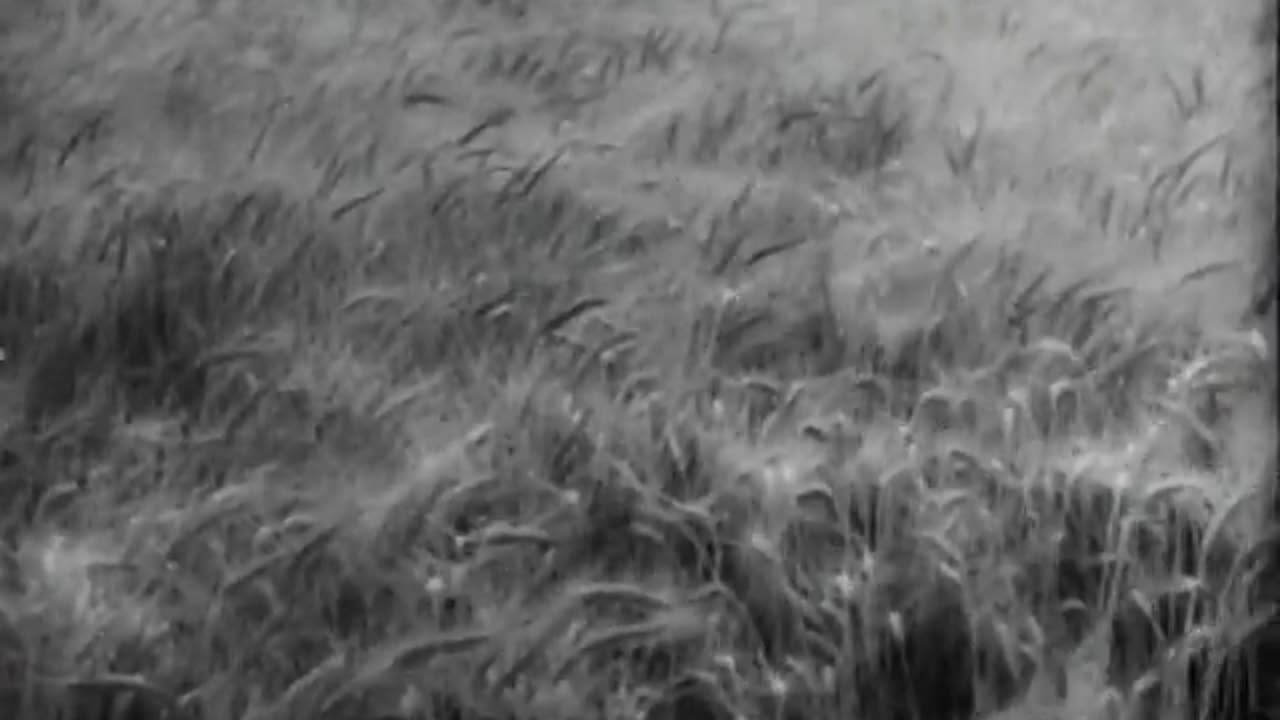
The Plow That Broke The Plains
Directed by Pare Lorentz, this 1936 documentary film narrates the tragic history of the Great Plains through three distinct phases.
Part 1 captures the initial settlement of the prairies, where the landscape was dominated by grazing cattle. It then transitions to the homesteading era, where settlers, lured by government promises of land, plowed the grasslands to plant wheat, leading to a brief boom during World War I due to high grain prices.
Part 2 delves into the post-war economic downturn. After the war, with the decline in wheat prices, farmers faced overproduction and economic hardship. The film shows the transition from prosperity to abandonment, with scenes of once-used farm equipment left rusting in fields, symbolizing the agricultural crisis.
Part 3 is particularly dramatic, showcasing the devastating Dust Bowl. It includes harrowing footage of dust storms that obliterated farms, turning fertile land into barren, dusty wastelands. The film's final scenes depict the exodus of farmers from their devastated lands, heading westward in search of a new beginning, encapsulating the human tragedy of the Dust Bowl era.
"The Plow That Broke The Plains" is not only a historical document but also an artistic piece, using music and poetic narration to convey the story of human ambition, environmental consequences, and economic despair in the American heartland.
-
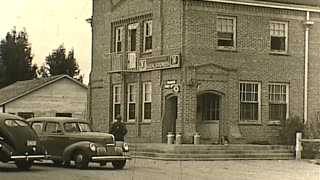 11:56
11:56
Archival Moments
6 months agoFinley Expedition, Farson 1940
1142 -
 19:02
19:02
HotZone
5 days ago $5.26 earnedThe Hidden War Inside Israel: Following the Money to Terrorists
21.2K4 -
 33:57
33:57
Stephen Gardner
3 hours agoHOLY CRAP! Trump Just Ordered the UNTHINKABLE on Venezuela – Rubio Demands It!
20.4K38 -
 6:15:38
6:15:38
Dr Disrespect
7 hours ago🔴LIVE - DR DISRESPECT - ARC RAIDERS - SKILL TREE EXPERT
136K7 -
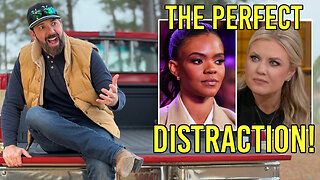 5:49
5:49
Buddy Brown
7 hours ago $2.94 earnedI Tried to WARN YOU Congress Would SNEAK It In! | Buddy Brown
19.4K19 -
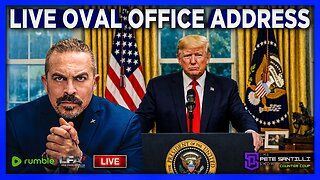 LIVE
LIVE
LFA TV
21 hours agoLIVE & BREAKING NEWS! | WEDNESDAY 12/17/25
985 watching -
 1:12:53
1:12:53
vivafrei
4 hours agoEulogizing My Pup Pudge; Did Ilhan Omar Commit Immigration Fraud? Brown Shooting Debacle AND MORE!
69.3K51 -
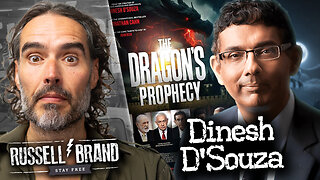 1:02:58
1:02:58
Russell Brand
7 hours agoDoes the Bible Foretell Today’s Conflicts? — Dinesh D’Souza - SF664
100K28 -
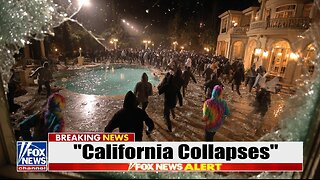 19:05
19:05
Cash Jordan
8 hours agoIllegals “DISMANTLE” LA Gated Mansions... Millionaires HOMELESS as Looters Take REPARATIONS
29.6K77 -
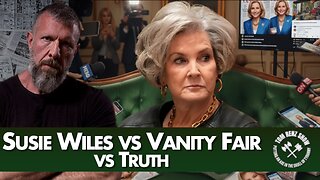 1:01:29
1:01:29
The Tom Renz Show
3 hours agoSusie Wiles vs Vanity Fair vs Truth
16.4K7